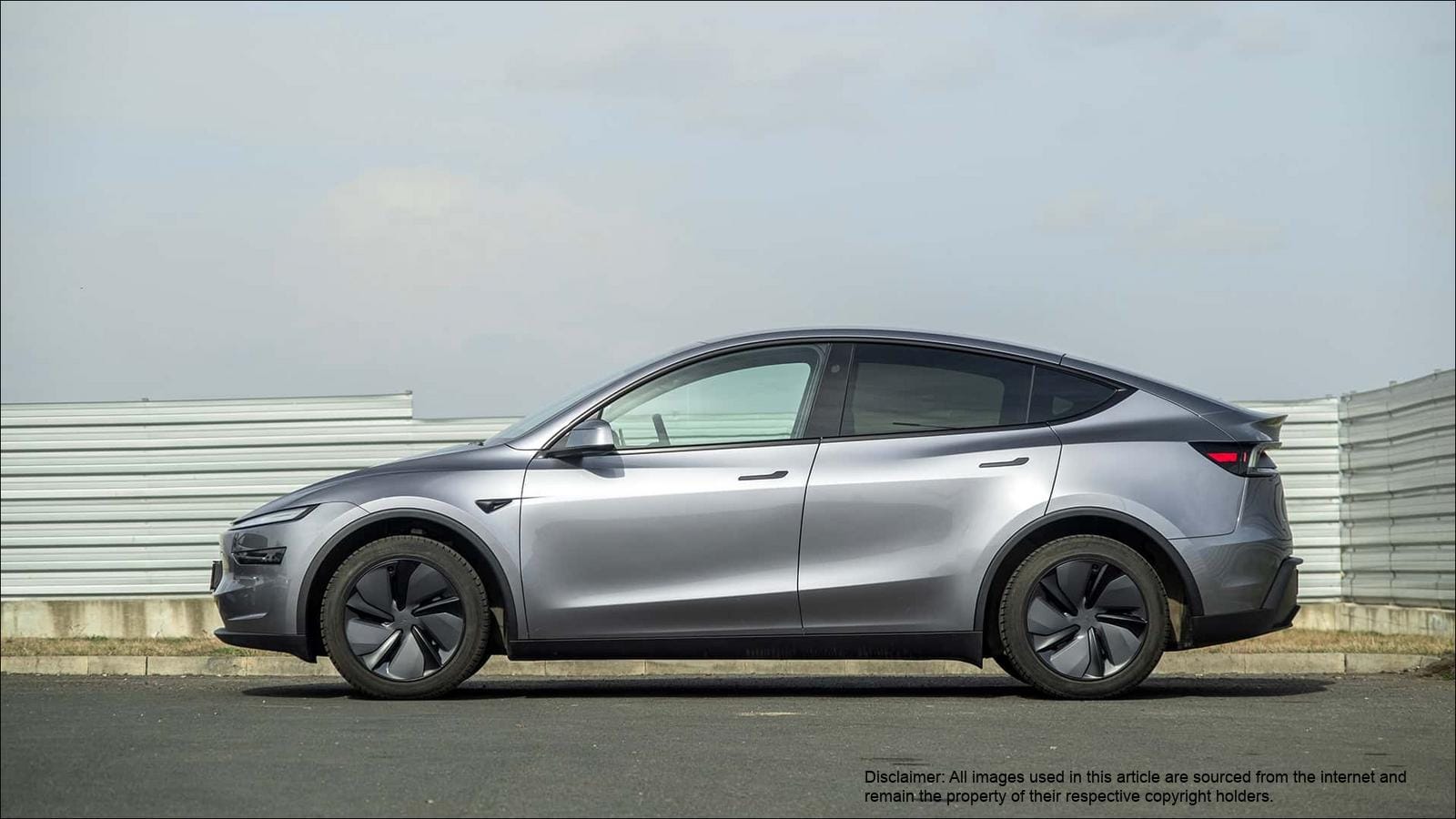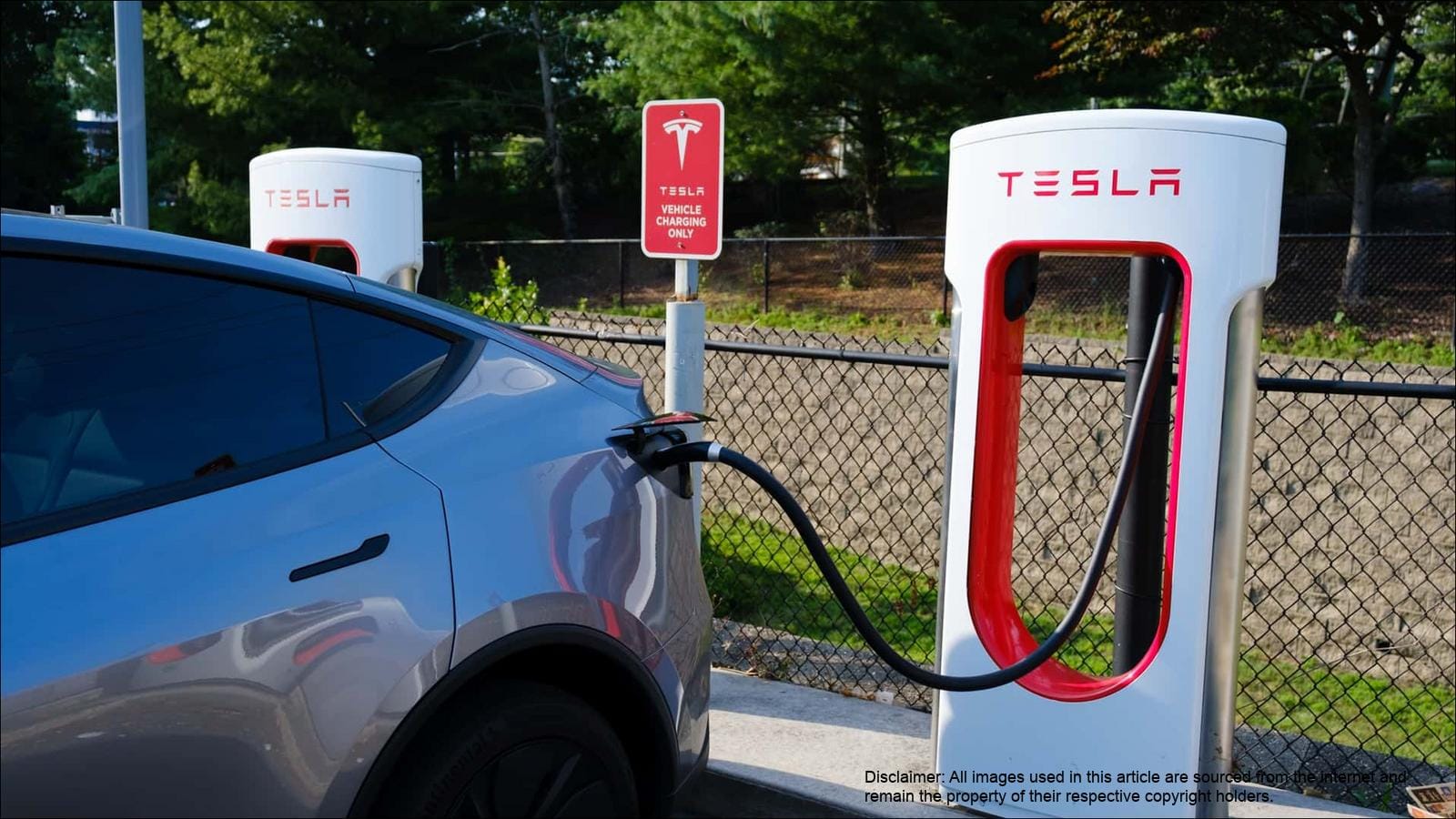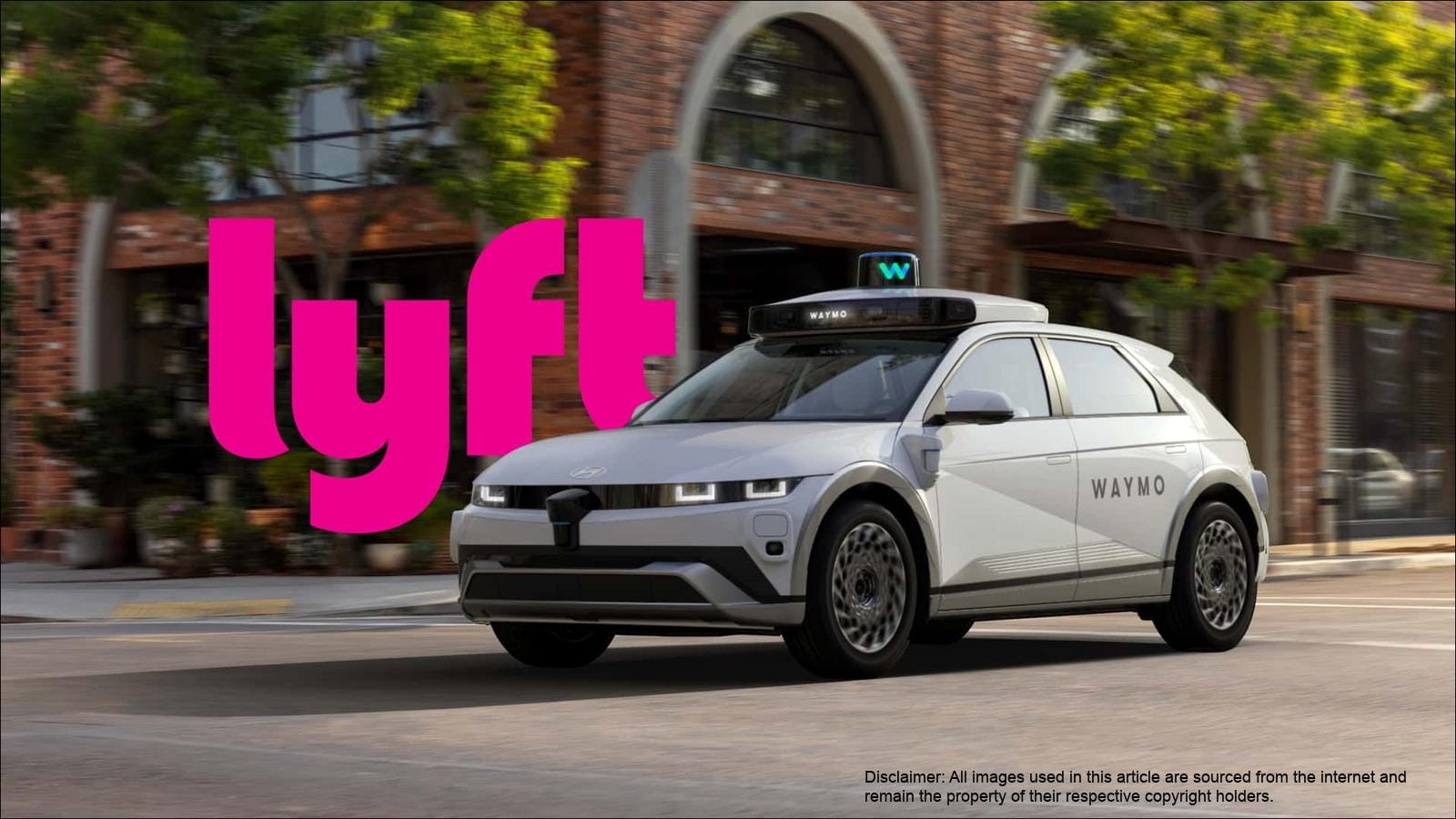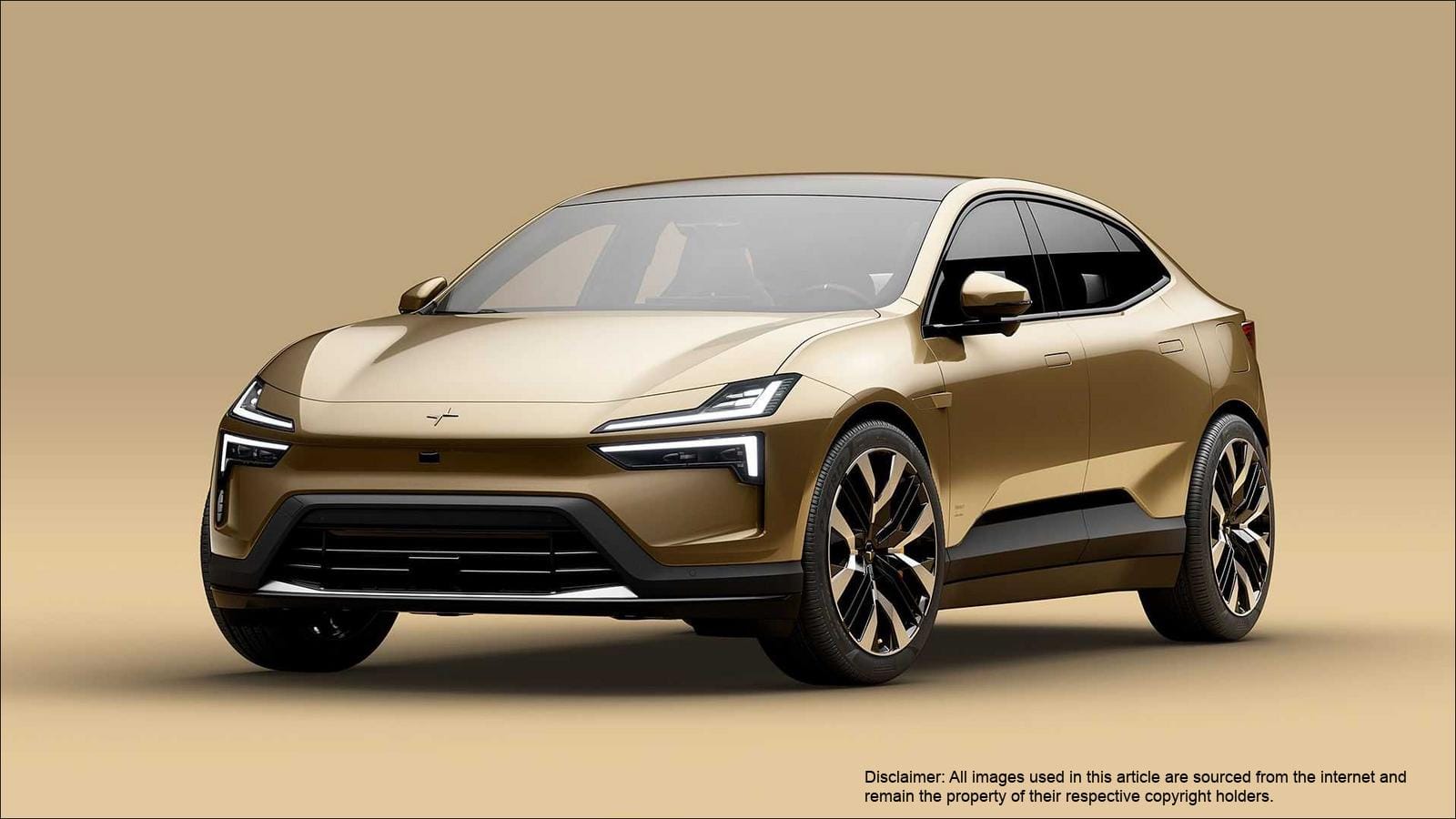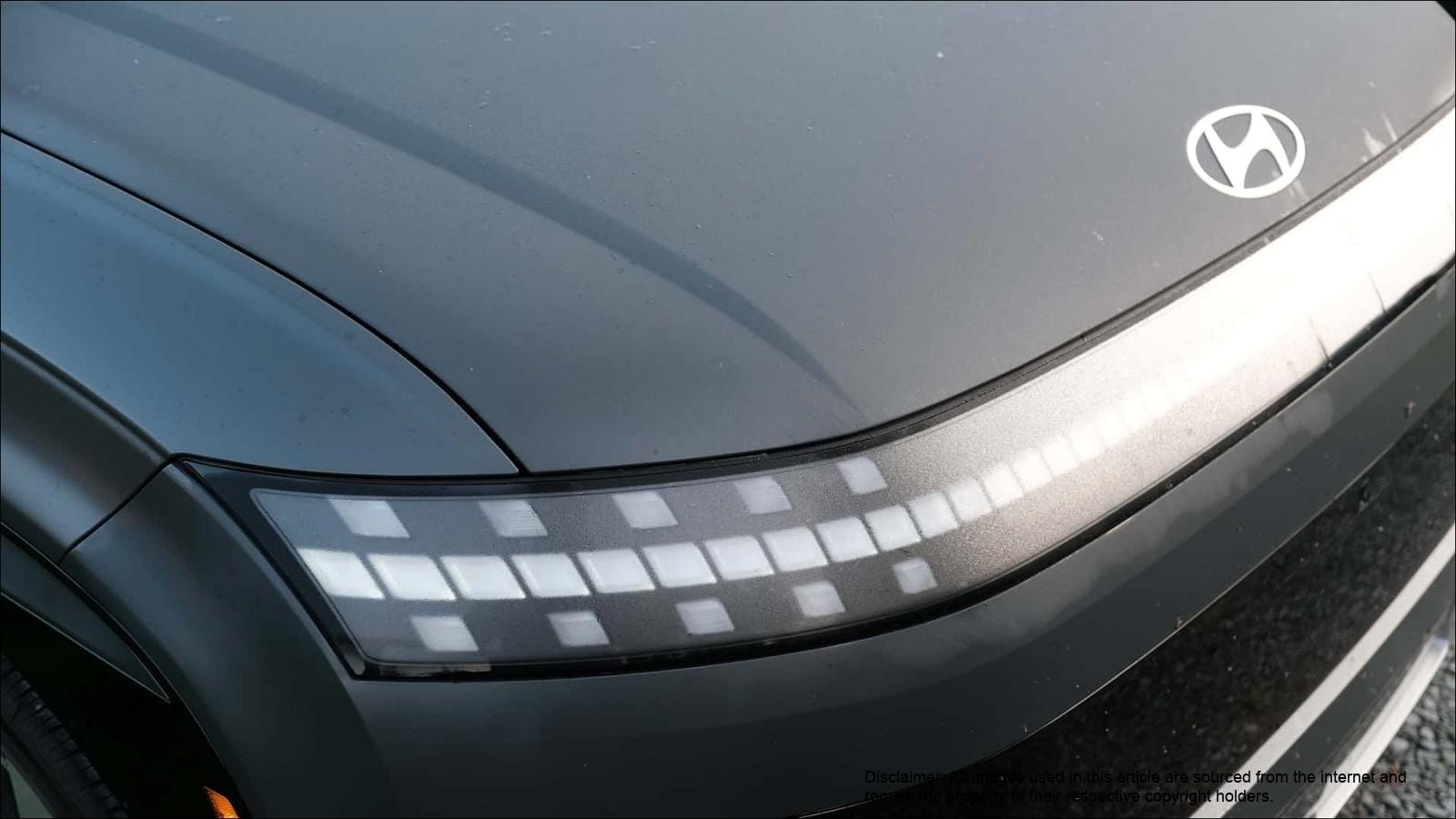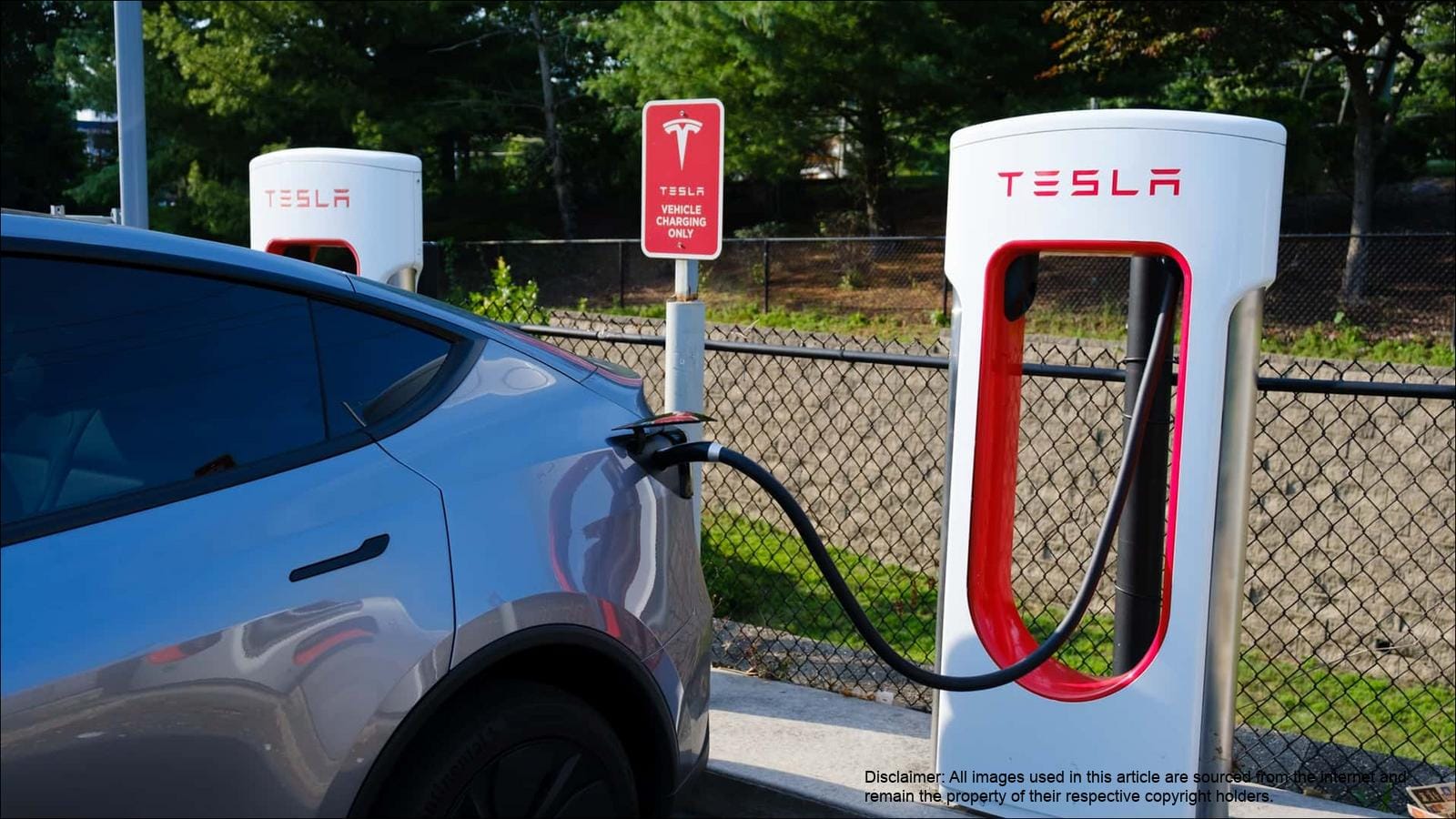Shifting Market Dynamics: Tesla vs. Local Competitors
Tesla’s sales in China are facing headwinds as local automakers gain popularity. This trend mirrors what’s happening in Europe, where foreign brands are losing ground to domestic models. The Xiaomi YU7, often dubbed China’s “electric Ferrari Purosangue lookalike,” exemplifies this shift. Despite long delivery times (57-60 weeks), its 200,000 pre-orders highlight a strong preference for local offerings.
The broader context reveals that while EV sales in China are up by 35% in the first quarter of 2025, this growth is primarily driven by Chinese consumers choosing local brands. This suggests that Tesla’s challenges in China aren’t related to Elon Musk’s public image, which may affect Western markets, but rather to its inability to keep pace with the innovation and preferences of Chinese buyers.
Chinese automakers are launching models that better cater to local tastes, offering superior specs, advanced safety features like radar and lidar, and more lavish interiors. Features like AI-powered virtual assistants are becoming increasingly popular, setting a new standard that Tesla’s minimalist approach struggles to match. For example, the BYD Seal, a direct competitor to the Tesla Model 3, is perceived as more luxurious, even in Europe, despite Tesla’s arguably superior driving experience.
| Factor | Tesla | Chinese Competitors (e.g., BYD, Xiaomi) |
|---|
| Design Philosophy | Minimalist | Feature-rich, Luxurious |
| Technology | Advanced, but lacking some local preferences | Equipped with latest tech, including AI assistants, lidar, and radar |
| Charging Speed | Good, but slower compared to some rivals | Leading in charging technology (e.g., 1 MW charging) |
| Price | Often higher | Generally more competitive |


